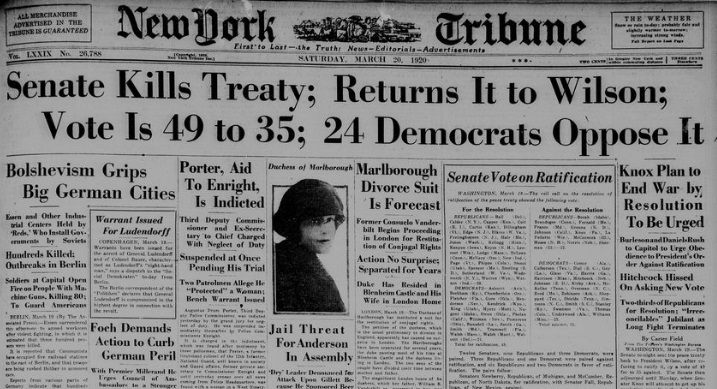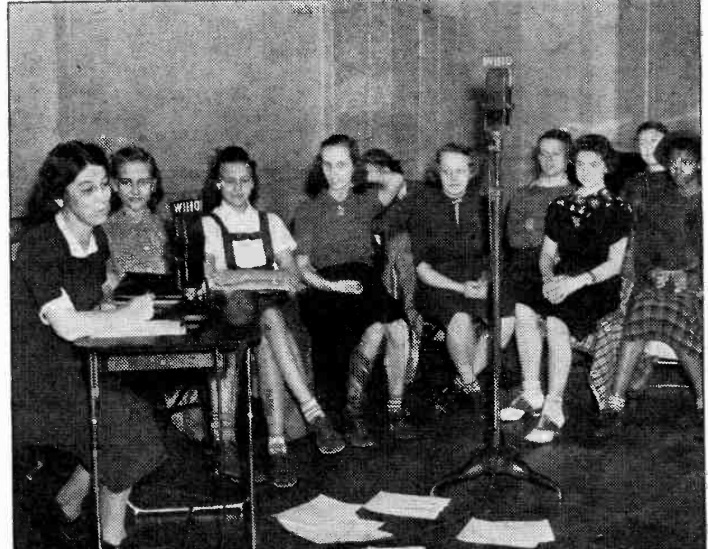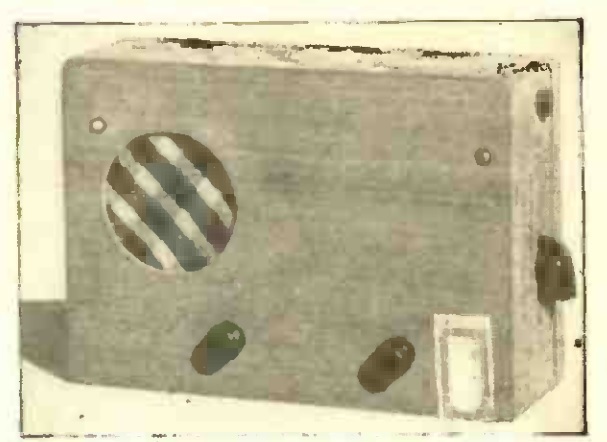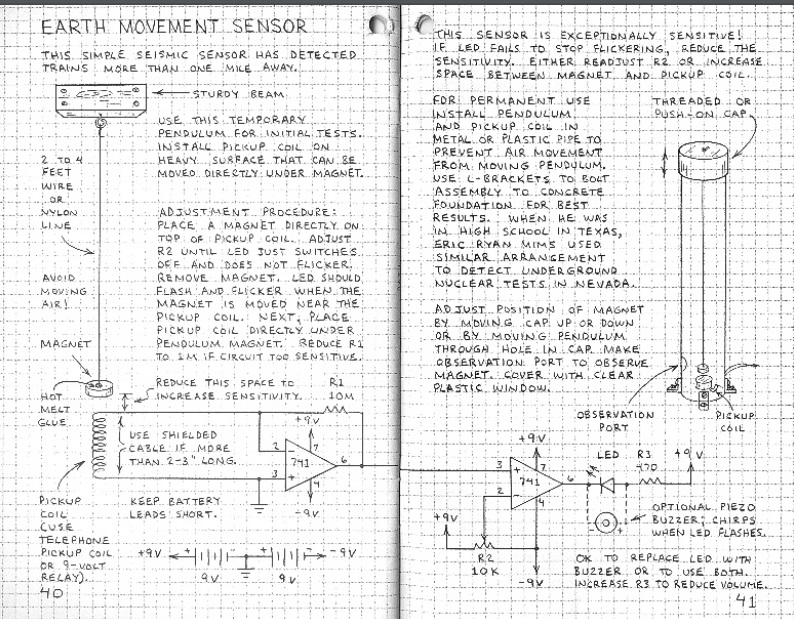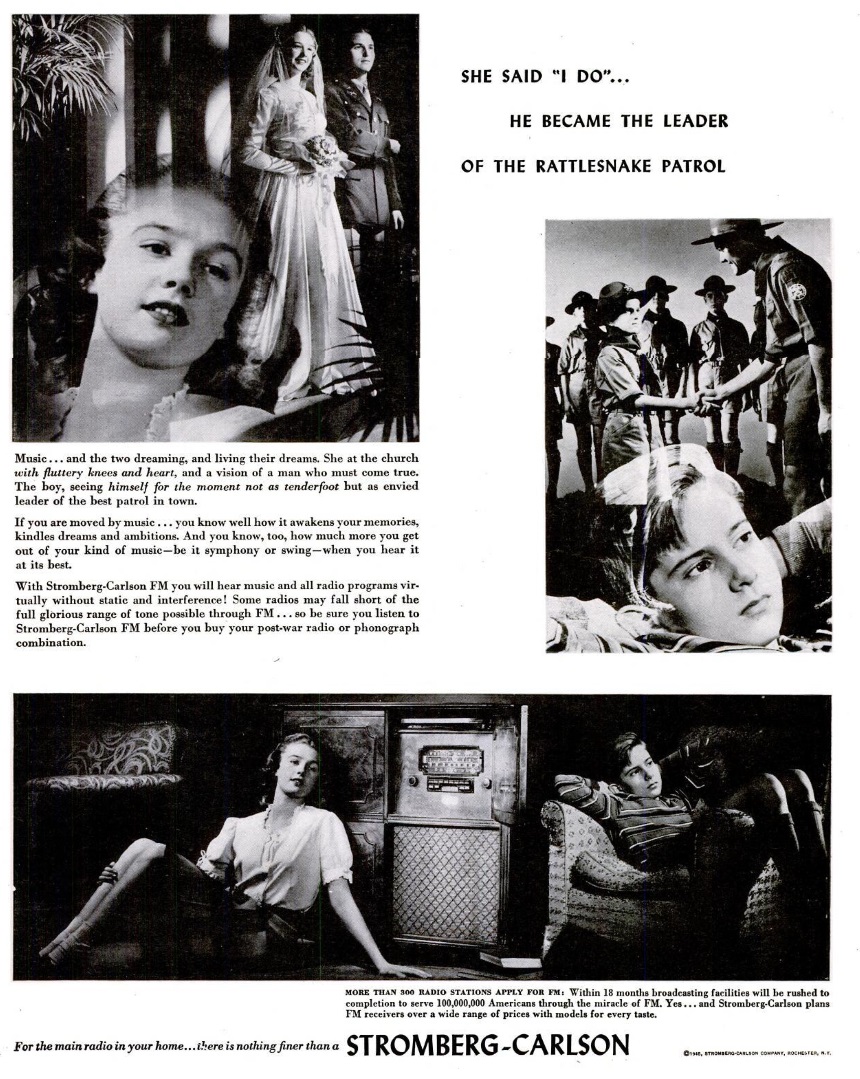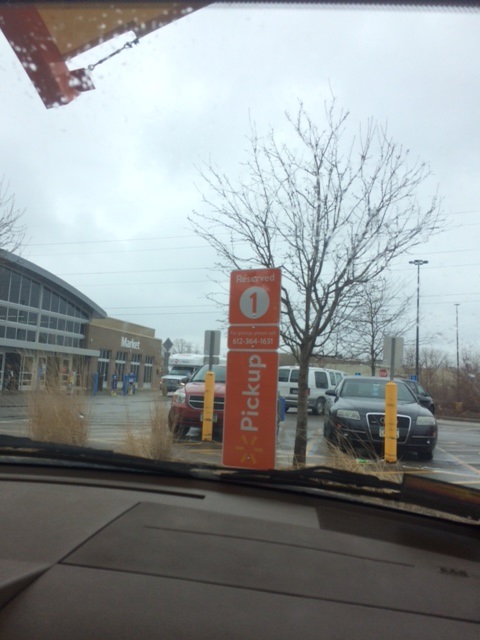 During the pandemic, my family wants to keep to an absolute minimum our direct interaction with others. If they’re infected, I don’t want to catch it. And just as important, if I’m infected, I don’t want to spread it to them. To minimize the amount of shopping we need to do, I’ve decided to alternate between online orders at local stores, and Amazon orders. I think we have enough supplies for the duration, but it’s nice to maintain our normal diet, including things such as fresh milk and bread.
During the pandemic, my family wants to keep to an absolute minimum our direct interaction with others. If they’re infected, I don’t want to catch it. And just as important, if I’m infected, I don’t want to spread it to them. To minimize the amount of shopping we need to do, I’ve decided to alternate between online orders at local stores, and Amazon orders. I think we have enough supplies for the duration, but it’s nice to maintain our normal diet, including things such as fresh milk and bread.
Today, I picked up our first Walmart
 order, which was more or less a normal weekly grocery order, including milk bread, soft drinks, and canned goods. We happened to need some superglue, so we added it to the order, showing that you can order anything in the store.
order, which was more or less a normal weekly grocery order, including milk bread, soft drinks, and canned goods. We happened to need some superglue, so we added it to the order, showing that you can order anything in the store.
I placed the original order online on Friday afternoon, and picked it up today (Monday). This was the earliest slot available, so the process does require some planning. As of today, no slots were available, and the website asked me to check later. So perhaps this is our one and only order. At the very least, the process does require some planning. However, once you reserve the slot and place the order, you are able to add and remove items from the order, up to about 12 hours before the pickup time.
Update: The Walmart site seems to have changed since I posted this. You can now make reservations only for “today” and “tomorrow.” The best bet seems to be to check the site right after midnight. For example, if you check at midnight Monday night/Tuesday morning, you’ll be able to reserve a slot for Wednesday.
Today, I received an e-mail telling me that my order was ready. The e-mail instructed me to check in on their app to let them know I was on the way, so I installed the app on my tablet. It turns out, however, that this is unnecessary. You can simply proceed to the store, park in the designated area, and then call from your car to the number posted there.
A couple of minutes after calling, the Walmart associate came out with our order and loaded it into the car. It was a well organized process. Our bags were in tubs labeled with my name. I noticed that some were marked “cold,” and some “ambient.” I apologized for not helping her load it, but I explained that I didn’t want to risk contaminating her. I did have to sign on a small tablet computer. Update: As of March 25, you no longer need to sign for the order. I was able to stand back 6+ feet the entire time. I got out my hand sanitizer, and sanitized my hands immediately after doing so.
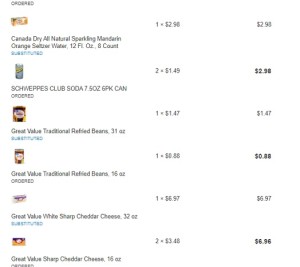 When placing the order, I was able to select whether I would be willing to accept a substitution for items. Some items were out of stock, and I received a substitute item. In most cases, the substitute was a slightly different brand, size, or flavor. For example, they were out of the two-pound package of white cheddar cheese, so I received two one-pound packages of sharp cheddar, for one cent less than my original order.
When placing the order, I was able to select whether I would be willing to accept a substitution for items. Some items were out of stock, and I received a substitute item. In most cases, the substitute was a slightly different brand, size, or flavor. For example, they were out of the two-pound package of white cheddar cheese, so I received two one-pound packages of sharp cheddar, for one cent less than my original order.
The only case where the substitute wasn’t useful was our order of a spray can of Lysol (which we were ordering for a neighbor). In the case, they gave us Febreeze, which really wasn’t useful. However, the choices were e-mailed to us, and we had the option of removing the item. I told the associate that if it was difficult, not to bother, but she quickly found the item, scanned it in, and we were credited for the amount.
We ordered a package of toilet paper and were hopeful that we would get it, but it was out of stock and no substitution was available. We also ordered a container of Ensure for an elderly friend, but it was also unavailable.
Overall, the process worked very well. If it remains available during the current national emergency, we’ll definitely make use of it again.
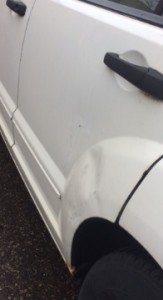 The only glitch was, upon leaving, another customer backed into my car. Despite what sounded like a loud crunching sound, it left only a small dent in the rear door. I’m sure if I took it to a body shop and let them know the other driver’s insurance would pick up the tab, they would gladly replace the door for hundreds of dollars. On the other hand, it’s a twelve year old car, and I doubt if I’ll pursue the matter.
The only glitch was, upon leaving, another customer backed into my car. Despite what sounded like a loud crunching sound, it left only a small dent in the rear door. I’m sure if I took it to a body shop and let them know the other driver’s insurance would pick up the tab, they would gladly replace the door for hundreds of dollars. On the other hand, it’s a twelve year old car, and I doubt if I’ll pursue the matter.
In the car, I had a pencil and sheet of paper, so I tore it in half, wrote my information on one half, and then had the other driver do the same. When she was finished, I had her keep the pencil. She was apologetic, and in better times, I would have shaken hands before we left. In the time of pandemic, we just went our ways.
Some links on this page are affiliate links, meaning that this site gets a small commission if you make a purchase after clicking on the link.

